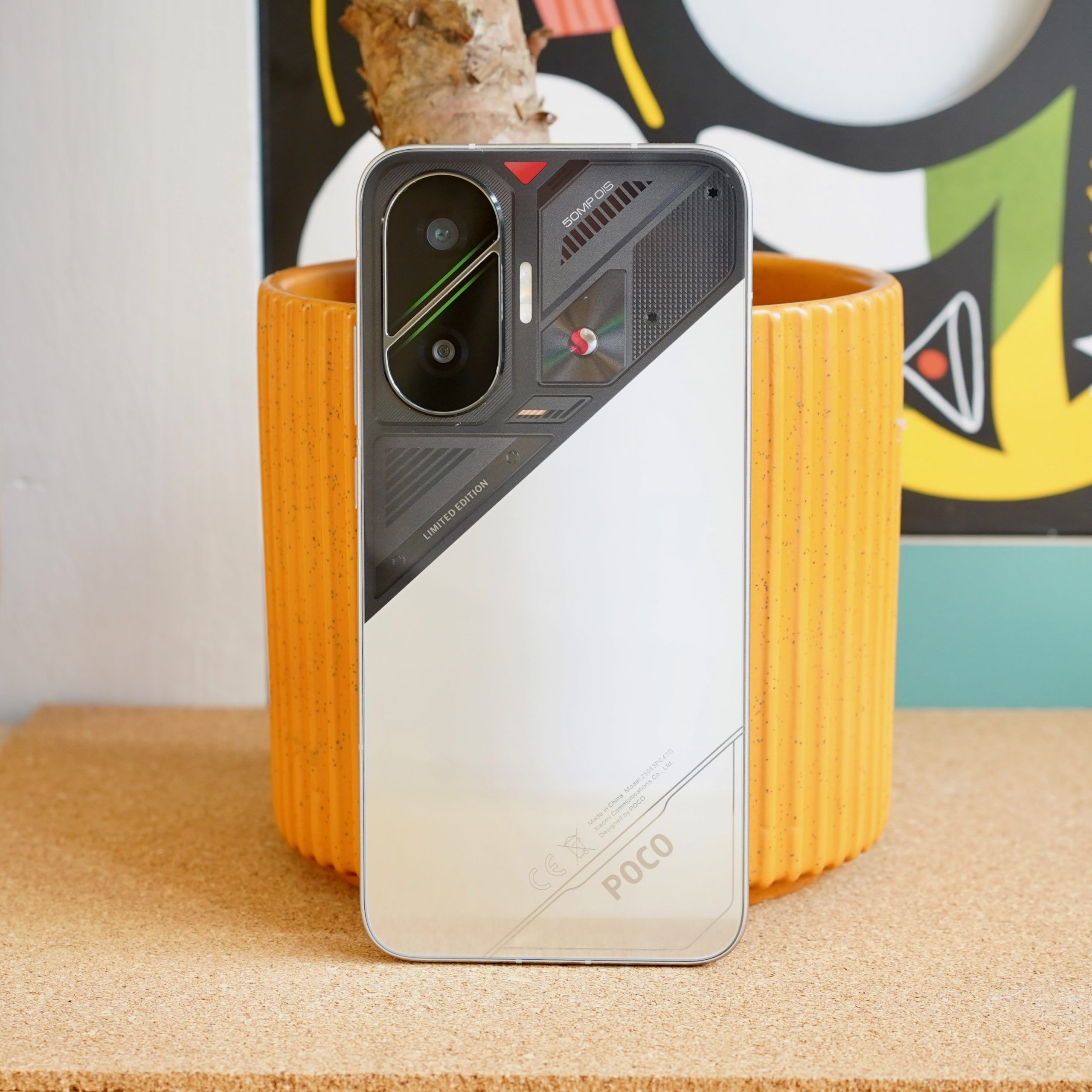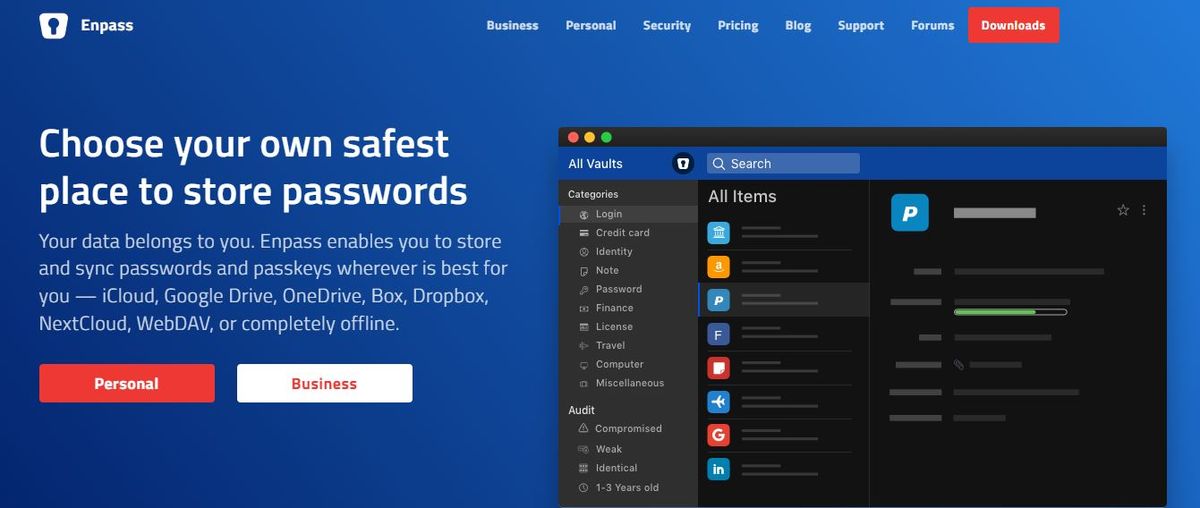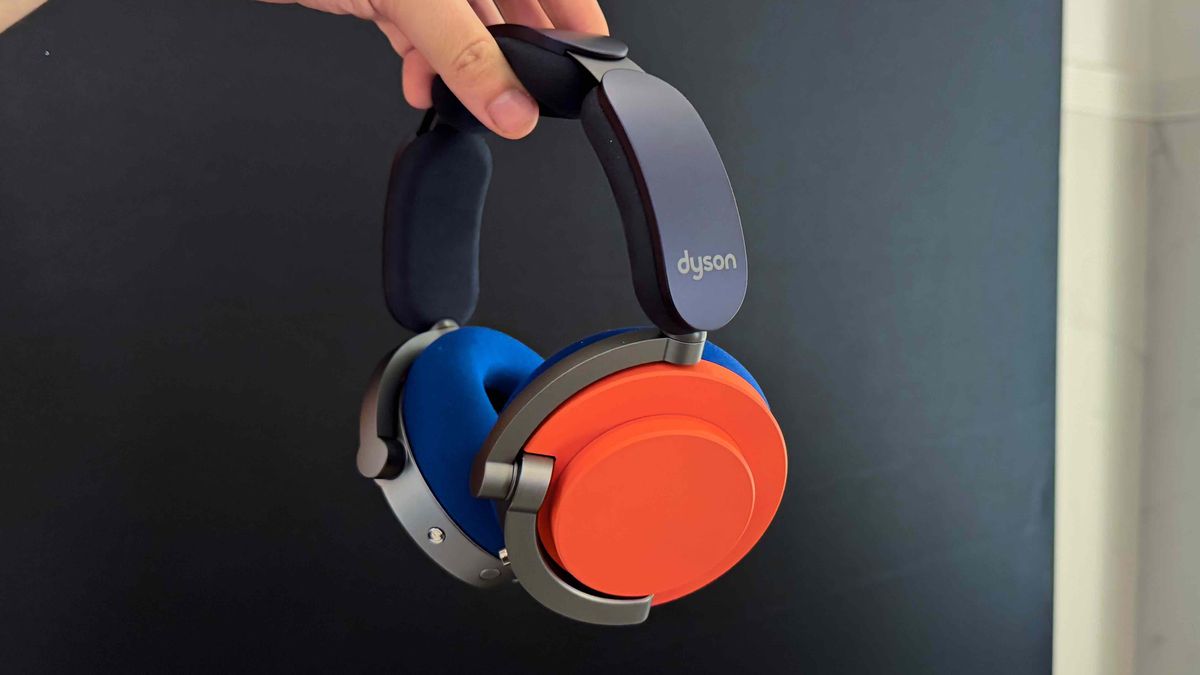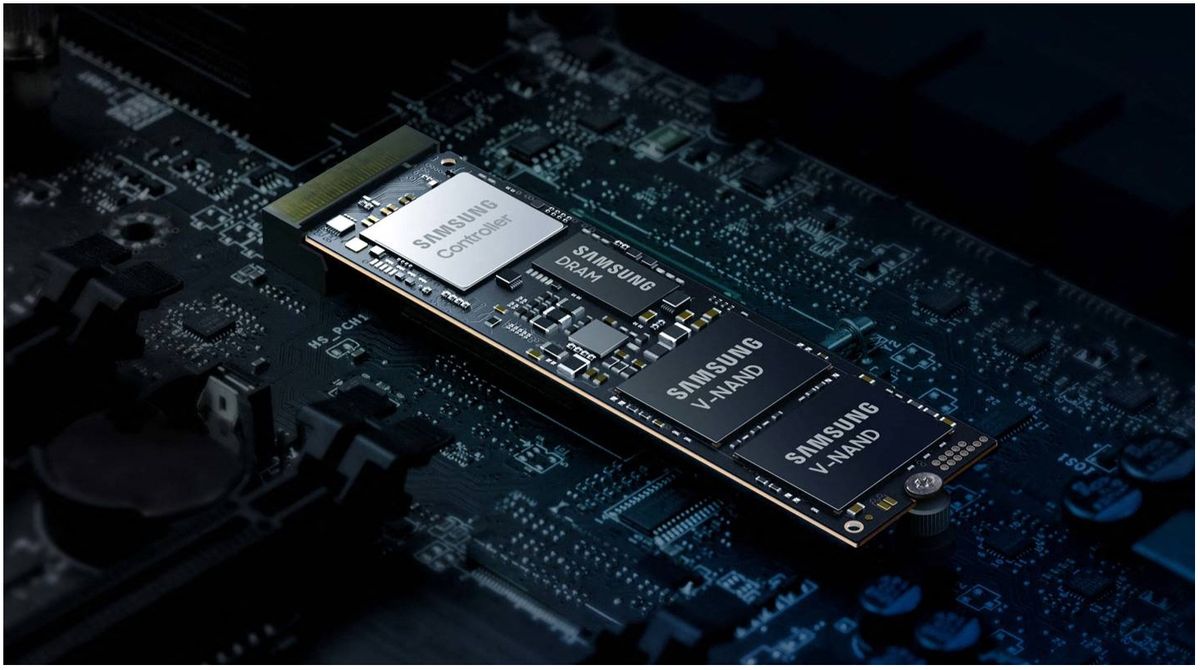In technological terms, June and July have been particularly occupied this year. While players have been sinking their teeth in the new Nintendo Switch 2, mobile fans have received a series of new excellent, exciting smartphones and, crucial, affordable to consider.
One of the less thin affordable phone brands is little. The subsidiary owned by Xiaomi prioritizes performance above all others, offering powerful devices that generally undermine rivals in the budget and middle -rank markets.
One of the latest brand offers, the little F7, has an impressive balance between price and performance, carrying the new Snapdragon 8s gen 4 silicon from Qualcomm, while having it in less than £ 389 in the United Kingdom.
Previously, the impressive value proposal of the phones of the FI series of little has meant that the concessions, in aspects such as the quality of the camera and the update of the operating system, the users have expected, often accepted, by the users.
However, scan the little F7 reviews, and will see that the team behind the phone has clearly advanced to produce a more capable competitor holistically. And that raises a problem for some particularly prominent rivals.
Better IG-NORD?
The OnePlus Nord 5 of Fresh Face was taken into account in the second week of June, serving as the new first guard of the brand. However, during the process of testing it in recent weeks, comparisons with the little F7 have continued to appear, and OnePlus's effort loses the battle nine times of every 10.
To begin with, despite reaching £ 399 in the United Kingdom (that is, £ 10 more than the F7), the Nord 5 is executed in the same chipset family as the little, but uses the previous generation: the Snapdragon 8s gen 3. OnePlus has also matched that with the storage of UFS 3.1 of the UFS of the smarting.
It also obtains a brighter screen (in terms of brightness output of the entire panel and maximum), superior IP68 degree protection against dust and water (the Nord 5 exceeds IP65) and a 25% larger 25% battery (6500 mAh, versus 5200 mAh in most markets).
Little has even expanded its update support commitment to match that of OnePlus, with four years of operating system and six years of promised security updates.
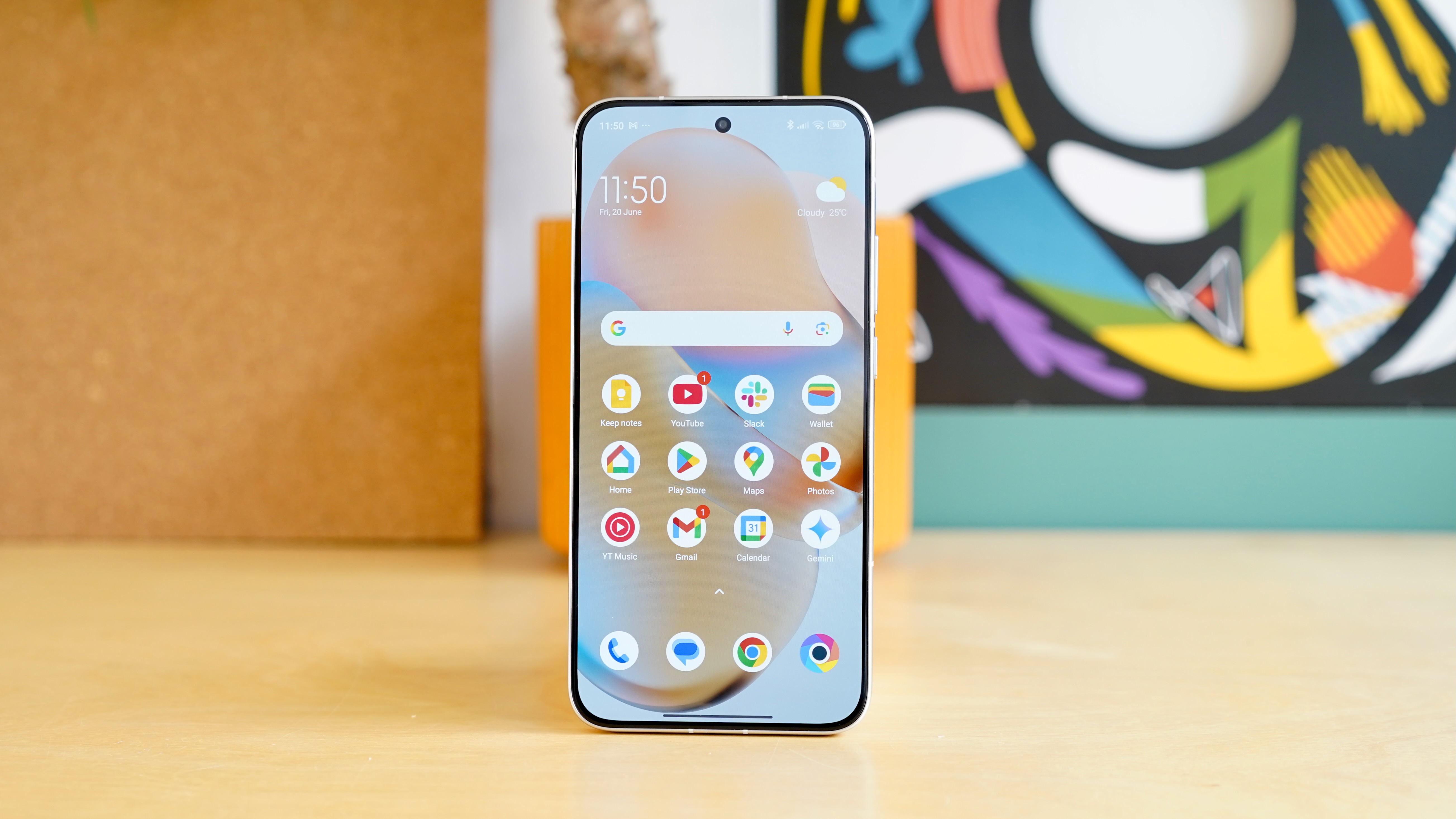
The main warning here, which has the potential to put the ball again on the Nord 5 court, is the difference in the user experience.
Xiaomi promised great things with the transfer of Miui to Hyperos in 2024, and although there are some clear technical improvements in the company -based user experience, the company -oriented facets oriented to the Hyperos 2.0 user, as they are in the tastes of the F7, they are still … lack.
On the contrary, the last Oxygenos 15 of OnePlus, as it appears in the last and best OnePlus phones, is cleaner, more elegant, less swollen, more receptive, easier to use and looks a more intuitive and dynamic set of features backed by AI. And as that is the part of the phone with which it interacts more than any other daily, that could be a sufficient reason to choose the Nord 5 on the technically superior and more affordable F7.
Something better than anything?
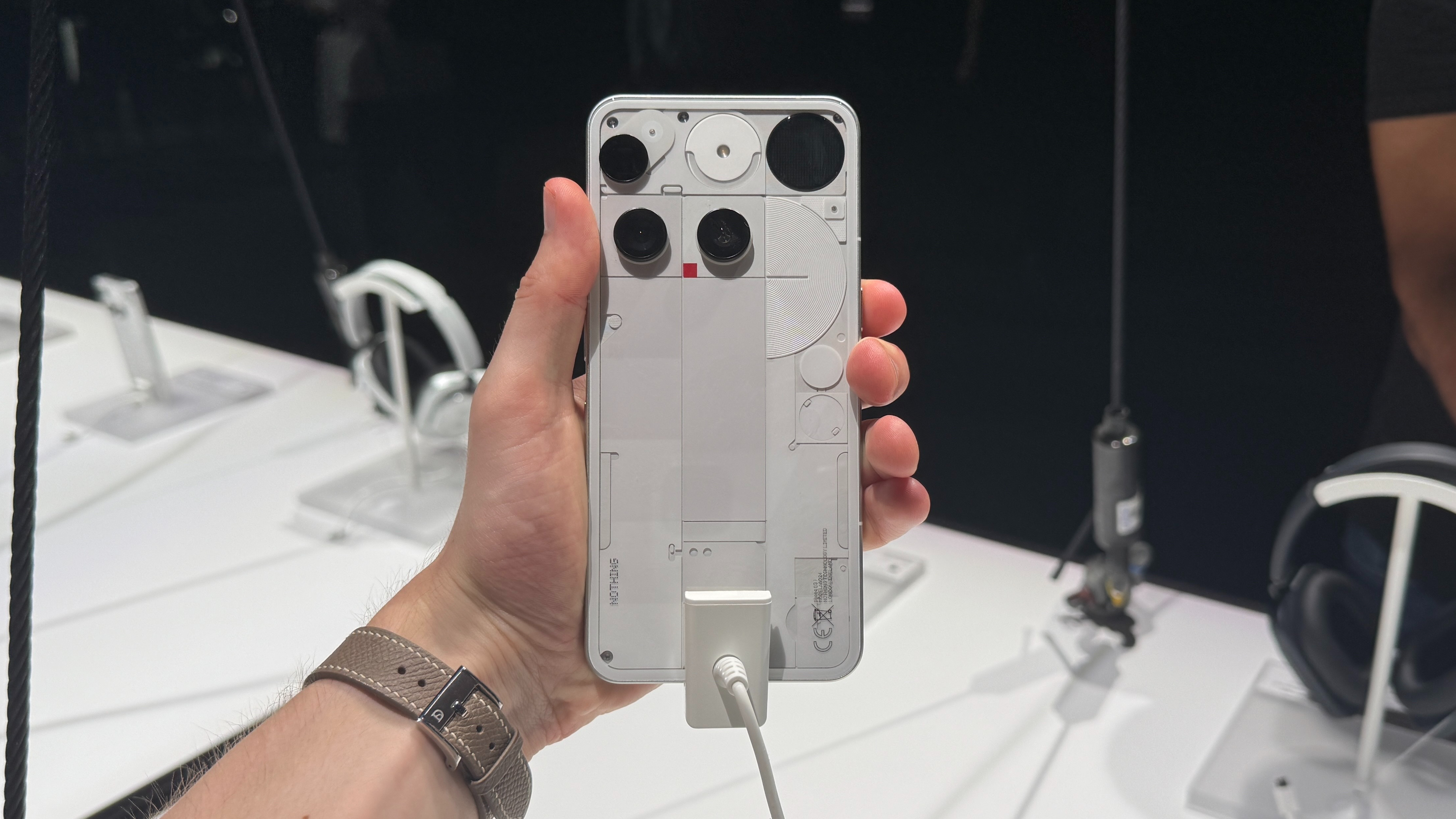
Perhaps the highest profile launch in the first week of July was the launch of Divisive Nothing Phone 3.
I say 'divisive' because what the company calls its “first true flagship” was immediately criticized for its design, performance and price.
While there is no doubt that telephone aesthetics is not orthodox, as the most subjective of these three aspects, I am less inclined to say that little F7 has a better or worse looks. In fact, his semi -transparent back is not decidedly similar, as is the case.
Where the problem for phone 3 really begins is with its chipset choice, which, as you can guess, is the same one that feeds little F7: Snapdragon 8s Gen 4.
I have nothing against this particular silicon and nothing in itself has done an admirable job by exalting the virtues of the chip. But on a phone that costs £ 799 / $ 799 (nothing is the most expensive phone), people hoped to see the chip chosen by almost every other Android flagship of 2025: Snapdragon 8 elite of Qualcomm.
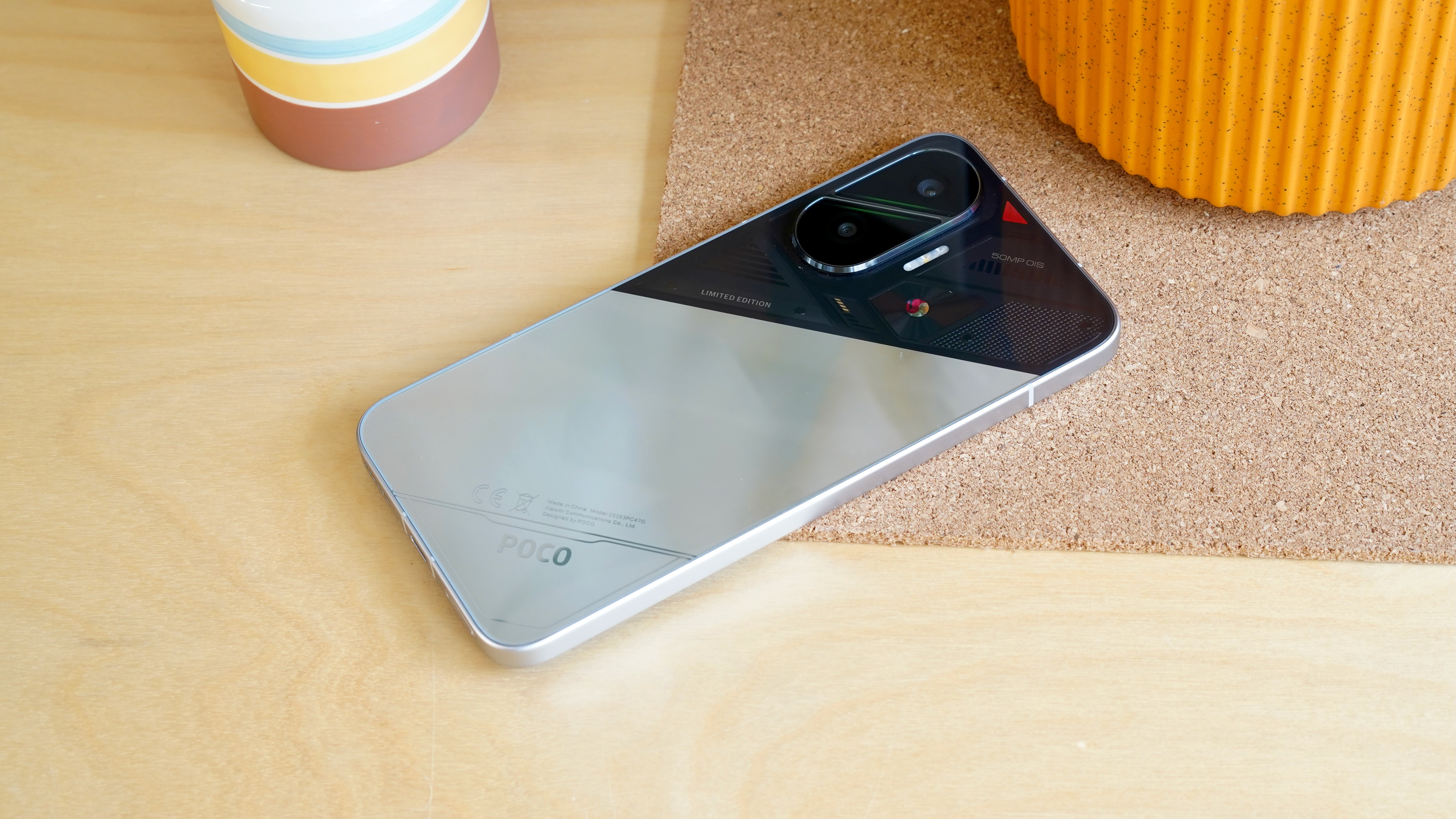
Cue the little F7 to rub the salt in the wound. In addition to hitting the market before telephone 3, pack in faster storage and a larger battery with faster load, it is getting a phone with the same chipset (and, therefore, a comparable performance) for less than half of the price.
It is true that the extra money commanded by the Telephone Nothing does, as the OnePlus, buys access to one of the best user experiences of smartphone in the market, in Nothing OS 3.0, not to mention the upper cameras, a brighter screen and longer software support (7 years of updates of so and safety) than the little. So, the division is not as chasmic as with the Nord.
In a three -track shooting between the little F7, Nord 5 and the phone 3, then, finally falls to where their priorities are. Is an elegant user experience its top priority, or more performance and a lower price attracts it more easily? If it is the last, I am inclined to recommend the powerful and affordable.

